On the morning of July 29, just hours after more than 50 Ukrainian prisoners of war were killed at a detention center in the Donetsk region, a Russian reporter at the scene displayed remnants of a US-made HIMARS rocket.
It was the beginning of a full-court Russian media offensive, with a message as cynical as it was brutal. Ukraine, according to Moscow’s version of events, had killed its own soldiers with a HIMARS strike because it didn’t want them confessing to war crimes, and to discourage others from surrendering.
A senior official of the self-declared Russian-backed Donetsk People’s Republic (DPR), Eduard Basurin, claimed that “after the Ukrainian prisoners of war began to talk about the crimes they committed on the orders of the political authorities of Ukraine, a blow was struck here.”
Ukraine vehemently denied the claims, with President Volodymyr Zelensky calling the attack “a deliberate war crime by the Russians.”
Many of the prisoners in the Olenivka detention center belonged to the nationalist Azov Regiment. They had been transferred there after surrendering at the Azovstal steel plant in Mariupol in May. Azov is viscerally loathed by the Russians, and the feeling is mutual.
But would Ukraine target its own soldiers — many regarded as heroes for their resistance at Azovstal — even as they slept?
A CNN investigation based on analysis of video and photographs from the scene, satellite imagery from before and after the attack and the work of forensic and weapons experts concludes the Russian version of events is very likely a fabrication. There is almost no chance that a HIMARS rocket caused the damage to the warehouse where the prisoners were being held.
Experts consulted by CNN discount a HIMARS strike on Olenivka — but can’t say definitively what killed and wounded so many prisoners. A lack of access makes definitive conclusions impossible. However, experts say most signs point to an intense fire, and according to several witnesses there was no sound of an incoming rocket.
Olenivka, where the detention center is located, is in the part of the Donetsk region which has been held by pro-Russian forces for eight years.
Notes: “Assessed” means the Institute for the Study of War has received reliable and independently verifiable information to demonstrate Russian control or advances in those areas. Russian advances are areas where Russian forces have operated in or launched attacks, but they do not control them. “Claimed” areas are where sources have said control or counteroffensives are occurring, but ISW cannot corroborate nor demonstrate them to be false. Credit: The Institute for the Study of War with AEI’s Critical Threats Project
The morning after the blast, Andrey Lazarev, who works for the Russian Defense Ministry’s Zvezda channel, pointed to neatly arranged fragments, one of which included the serial number of a HIMARS rocket in remarkably good condition — despite an intense fire that had charred bodies.
Russian Defense Ministry spokesman Major General Igor Konashenkov continued that narrative, saying the detention center was “hit by a missile attack from the American HIMARS.”
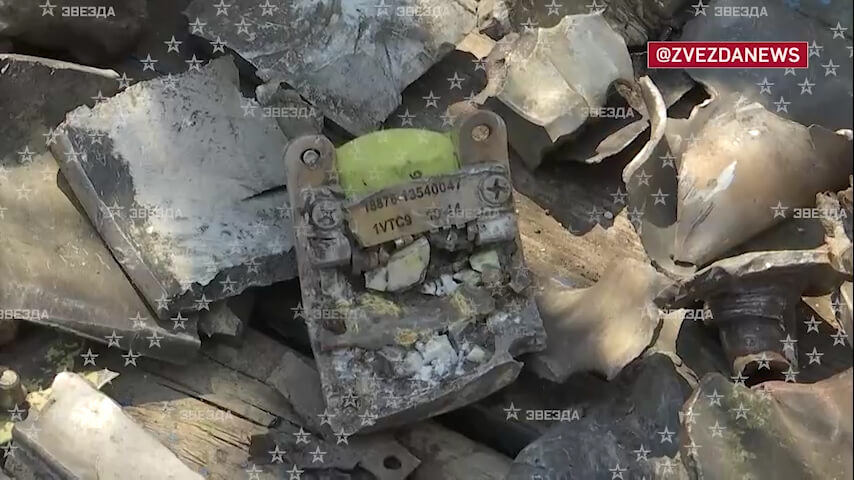
The HIMARS — a long-range and highly accurate rocket system — has been supplied to the Ukrainian military by the US.
Previous strikes involving HIMARS rockets have left craters evident on satellite imagery, along with extensive damage. These images show the impact of a Ukrainian HIMARS strike earlier in July that destroyed a warehouse in Nova Kakhovka.
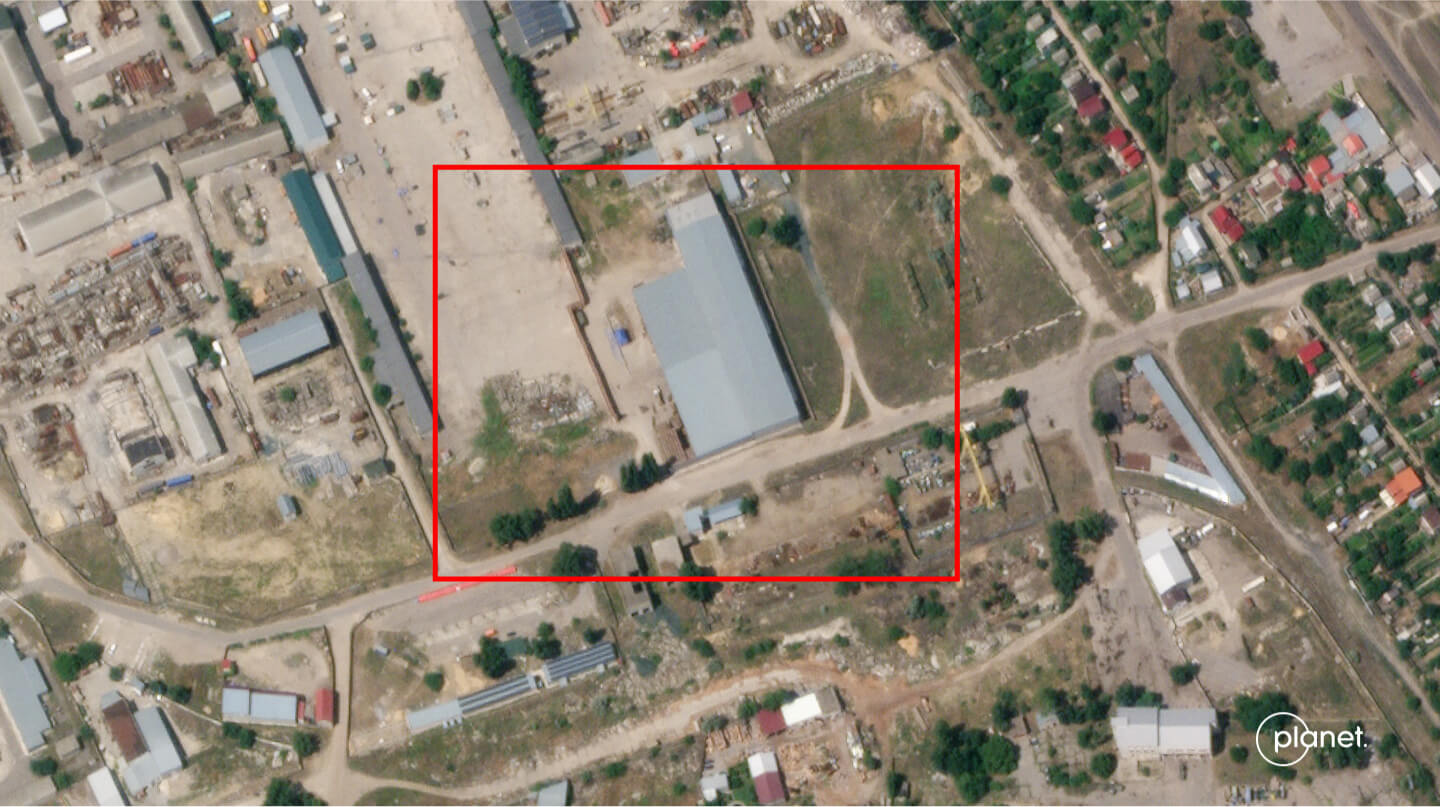
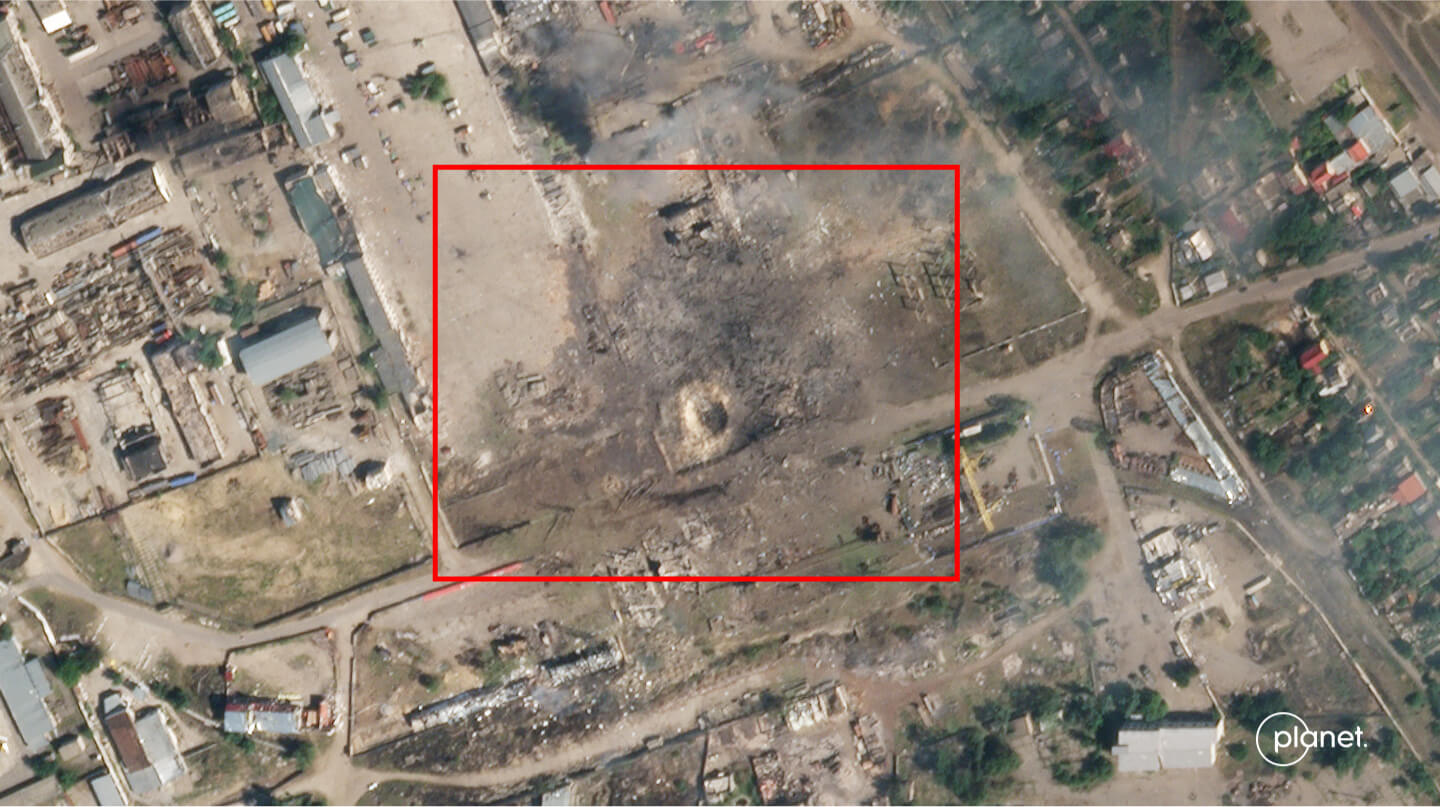
Much less destruction is evident in satellite imagery of the attack on the Olenivka warehouse on July 29.
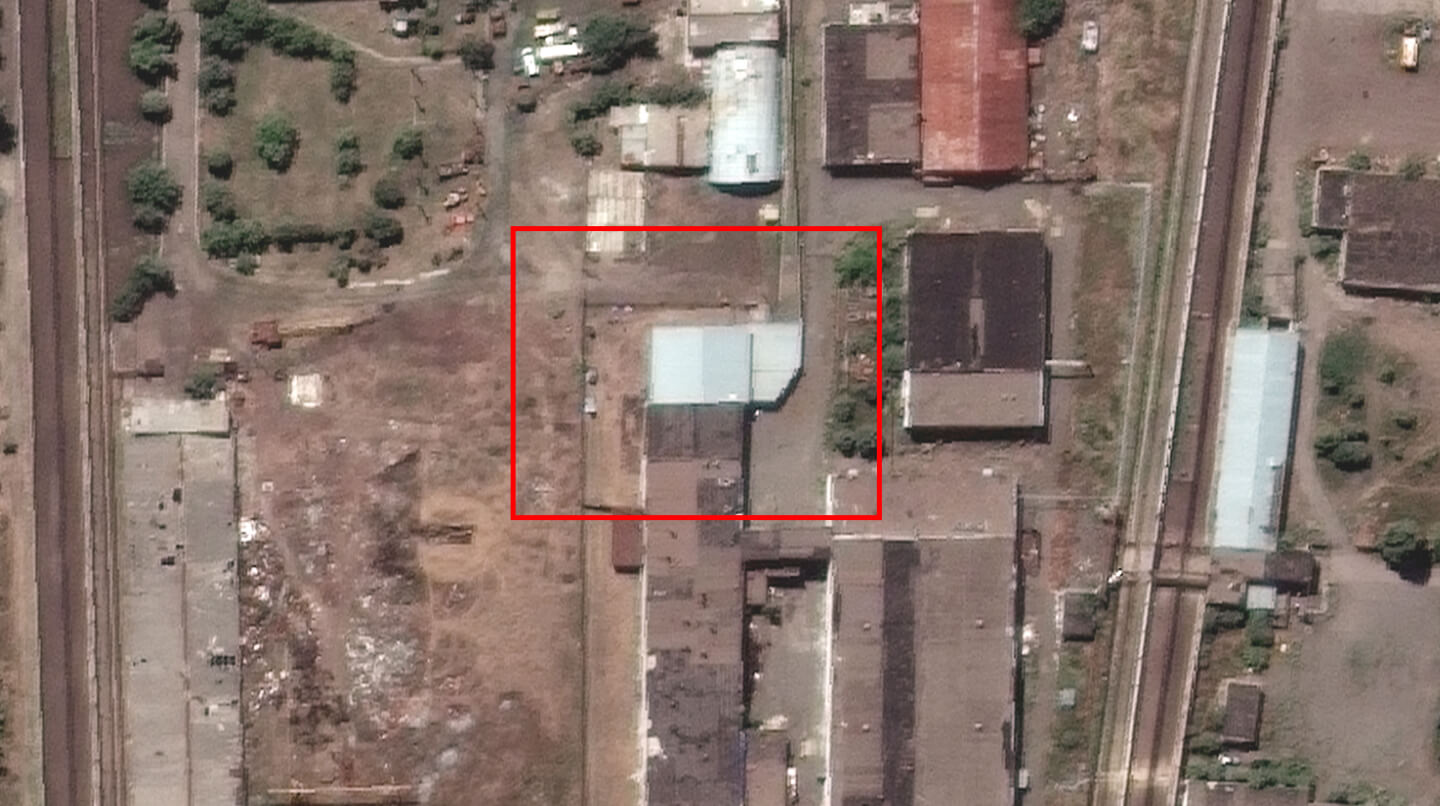
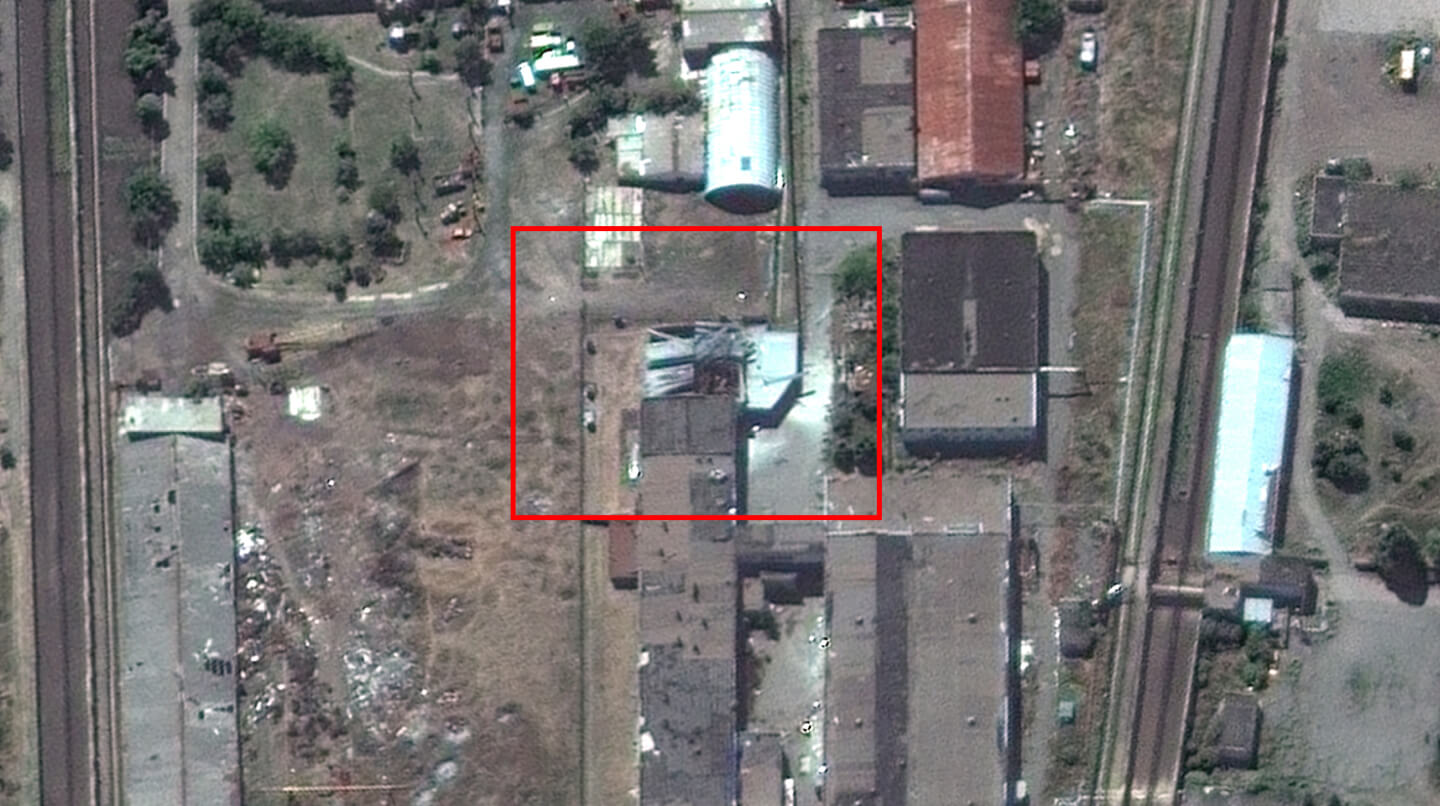
Several weapons experts told CNN images and video from Olenivka were incompatible with a HIMARS attack.
Weapons expert Chris Cobb-Smith, who reviewed images and video of the aftermath, says the building, a warehouse with thin walls and metal roof, would not have been left standing by a HIMARS strike.
“There’s no crater anywhere in those videos, the beds did not move, pillars are undamaged, but there is massive fire damage visible. If it was a guided multiple launch rocket system, you’d see craters, ceilings and walls shattered, bodies blown up,” Cobb-Smith said.
“There is little if any sign of significant blast damage to either the structure or to the bodies. The damage would seem to be caused overwhelmingly by an extensive and intensive fire. Much of the damage to the roof also seems to be caused by it falling in rather than being impacted by the trajectory of a munition or by a blast effect.”
Cobb-Smith also noted that “the HIMARS remnants were not photographed in situ, which is odd. A basic element of any investigation would be gathering visual evidence of the remains of munitions where they were found.”
US officials have also discounted the notion that a HIMARS was used. One official told CNN: “This was definitely not a HIMARS.”
Another Western official told CNN, “It’s clear to our explosive experts that this wasn’t a high explosive strike from the outside. It’s much more likely to be incendiary, and from inside the location.”
Multiple analysts also told CNN it would have made little sense for Ukraine to use a HIMARS rocket if it wanted to hit the building. The location is some 15 kilometers (around 9 miles) from the frontline; the HIMARS is an expensive weapon used for longer-range targeting. It would also have been more traceable than Ukraine’s large stocks of Soviet-era rockets.
A NATO official told CNN that “[HIMARS] is not designed for that [close targeting]. Like the howitzer, it’s designed for long range, as artillery. It makes no sense for it [HIMARS] to be used that way. The Ukrainians have other weapons for those short distances.”
“This was definitely not a HIMARS.”
— US official, speaking about the damage to the building.
An incoming missile or rocket, certainly one such as the HIMARS, would have been heard. But several accounts say there was no such noise.
Inna Zatolaka, the mother of one POW held at Olenivka, told CNN that soldiers “did not hear the hit of a rocket.”
It is unclear if Zatolaka’s son is still alive. She is in touch with other mothers of POWs who have heard from their sons since the strike.
“The guys had been in Azovstal for quite a long time and understand how it sounds. What our sons said was that they did not even hear the hit. They did not hear the explosion. It looks like just a fire started.”
The Ukrainian security service, the SBU, released a purported intercept of two DPR militia speaking about the attack the day after it happened. One says: “There were no signs of typical incoming of shell or something — no whistle sound, nothing.”
Instead, he says, three explosions were heard at the facility. “Most probably, they have planted an explosion inside in advance.”
CNN cannot confirm the veracity of the intercept and was not given access to the original recording.
Experts told CNN that the available evidence suggests a sudden and intense fire within the building. They note that according to DPR officials, no guards were injured.
Janes, a defense intelligence group, told CNN that “there is almost no sign of damage from ‘fragmentation’ on the internal walls and the tin roof (although bent, the latter does not seem to have significant holes made by shrapnel).”
“There are signs of extremely high temperature inside the building, but apart from a portion of the tin roof, there is no structural damage,” the Janes assessment said.
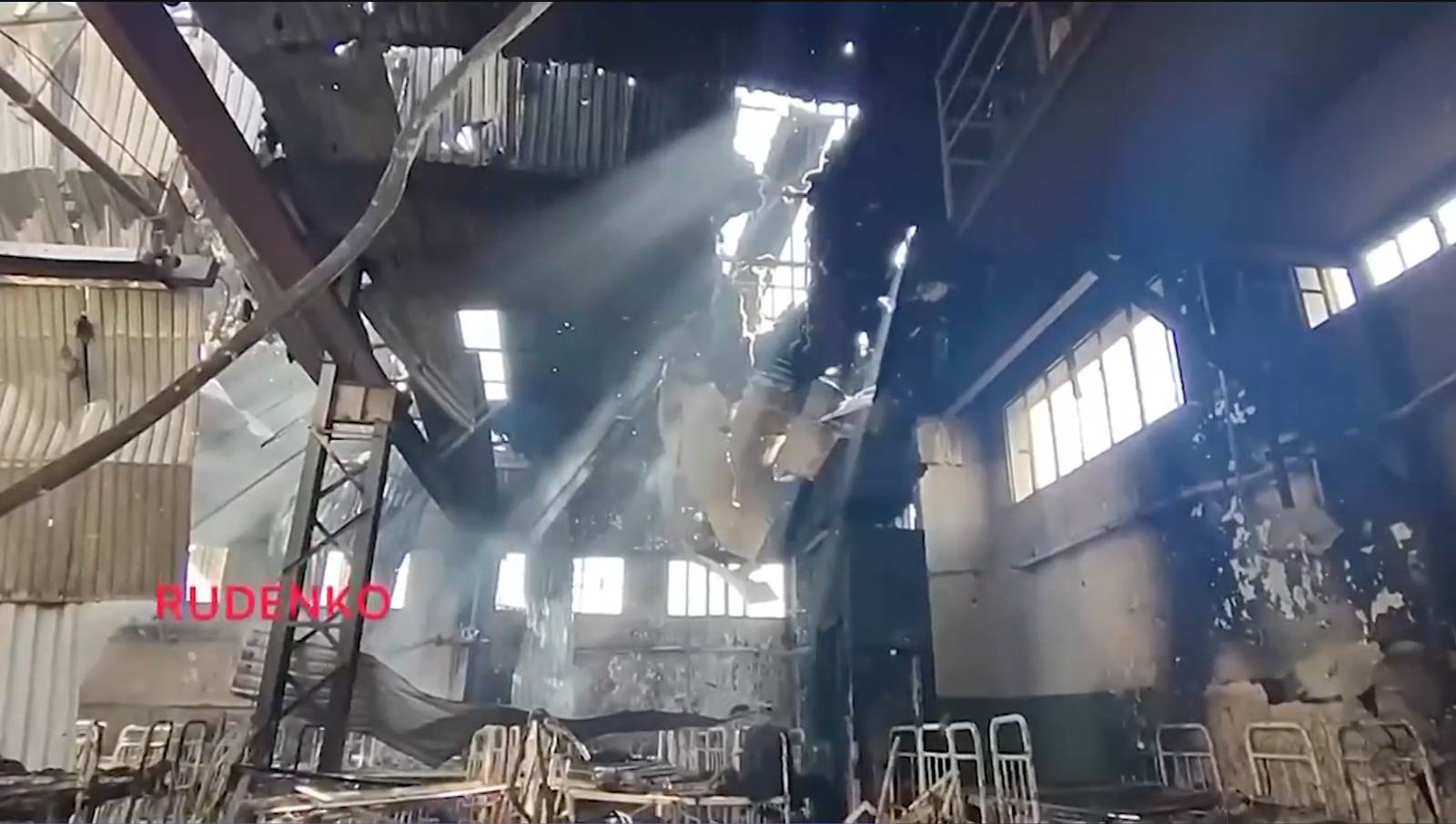
Ukrainian officials believe the fierce fire inside the warehouse was caused by a thermobaric weapon. The Prosecutor General’s office, which is consulting international experts, told CNN that assessments published so far “reasonably refute the version of the Russians that our Armed Forces launched a rocket attack on the place of detention of prisoners and also confirm our version about the use of thermobaric weapons.”
A thermobaric weapon is essentially a vacuum bomb, sucking all the oxygen out of the air and generating very high heat very quickly. Russian forces have already used such weapons in the Ukraine conflict. One of them, the RPO-A Shmel, releases a volatile explosive cloud that combusts in the air and creates a fireball of high thermal energy over an area of several square meters. It essentially kills through high pressure — causing internal hemorrhaging and ruptured internal organs.
CNN can not verify Ukraine’s assessment.
Cobb-Smith says that while theoretically a thermobaric weapon could have been used, it might be “something much simpler.”
“It does look as if the fire was immediate as well as extensive as it appears some individuals were still in their beds.”
Professor Benjamin Ondruschka, a German pathologist who worked on investigations into war crimes in the Kyiv suburb of Bucha, says that only full autopsies would reveal the cause of death, but the images suggest a fire of at least 300 degrees Celsius (572 degrees Fahrenheit) and maybe twice that.
“As a forensic expert, it seems that something exploded close by to the very burned people, resulting in a detonation, resulting in a fire,” he said.
Signs of movement
Just days before the attack, evidence indicates that Russian guards, who took command of the Olenivka center in mid-May, moved dozens of the Ukrainian POWs to the warehouse in the “industrial zone” of the compound from the main cell blocks.
It’s not known why but the main blocks had become overcrowded.
In the purported DPR militia intercept, one of the speakers says: “There were 200 people in there. The day before yesterday they were transferred from the barracks, from three barracks.”
And the wife of a POW told CNN that two days before the attack some Azov fighters had been transferred to the warehouse — “precisely those who were dangerous and tried to rebel,” she said.
Water tanks were installed outside the warehouse after July 27, according to satellite imagery. They appear on videos from July 29, the morning after the attack.
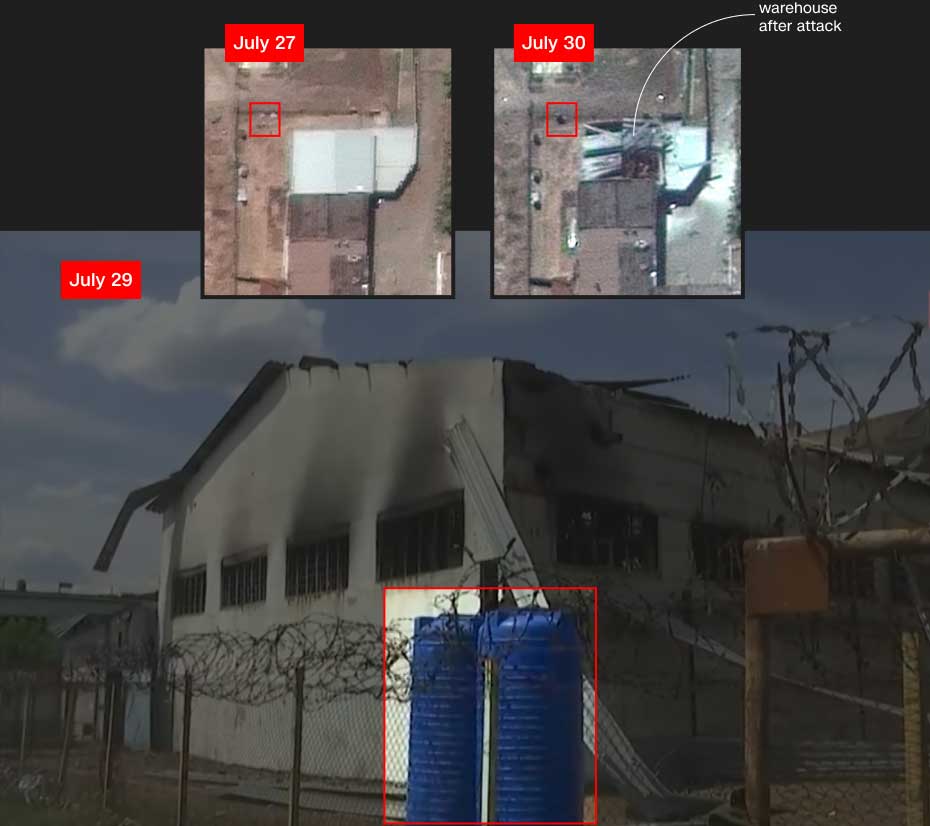
The Russians seem very reluctant to provide access to independent investigators or international agencies to the site. On July 31, three days after the attack, the Russian Defense Ministry said that “in the interests of conducting an objective investigation,” it had “officially invited experts from the UN and the International Committee of the Red Cross.”
Farhan Haq, Deputy Spokesman for the Secretary-General, told CNN in a Tuesday statement that the UN has “received requests from both sides to conduct an investigation into the matter,” and that they are “considering whether the conditions are in place that would it make it possible for the UN to carry out such an investigation.”
Meanwhile, the ICRC, which was heavily involved in the original transfer of the prisoners from Azovstal to Olenivka, says several requests to visit the site have gone unanswered.
Nearly a week after the event, the ICRC said: “We have not been granted access to the POWs affected by the attack nor do we have security guarantees to carry out this visit.”
For now, there are only indications of what may have happened. And given the Russians’ promotion of the implausible HIMARS scenario, those indications point to an elaborate but clumsy false flag effort.
Building the narrative
The Russians appear to have laid groundwork to support their version of events. Russian war reporters were allowed access to Olenivka in the days before the attack.
Following the incident, one of them, Alexander Kots, said: “When I had interviews with the Azov Nazis, where they confessed to numerous murders of civilians, one question immediately arose: How was Kyiv going to disavow this?”
“And it turned out, it was quite simple. Zelensky simply gave the order to execute them. The bloodthirsty clown …” he continued.
Some of the wounded Ukrainians were interviewed by DPR media in hospital the day after the attack. One was asked about a Ukrainian strike against the warehouse.
“If this is true, then why was such a bad deed done?” a visibly distressed soldier said.
“To destroy you,” the reporter replied.
“I would not like to believe it, that our [people] wanted to destroy us,” the soldier said.
This narrative was later picked up by Russia’s Deputy Defense Minister Alexander Fomin, who said that “the Ukrainian leadership ordered the missile strike because captured Azov regiment fighters began to give testimony exposing their crimes, including against civilians.”
CNN has been unable to locate any such testimony.
“We had to see what these people do to prisoners of war. We saw it with our own eyes.”
— Kostiantyn Velickho, a prisoner who was released from Olenivka.
Ukrainian officials maintain that the Russians also decided to stage the attack to cover up the torture of POWs at Olenivka. Mikhail Podolyak, a senior official in Zelensky’s office, said the day after the attack that the Russians wanted to “conceal evidence of the scale of Russia’s increasing war crimes and torture.”
Two Ukrainian officials told CNN the Olenivka attack came just as they anticipated a prisoner swap with Russia. The attack occurred “on the eve of a prisoner exchange,” according to one Ukrainian official who asked to remain anonymous due to protocol.
People released from Olenivka, including aid workers who had been held there, say beatings and abuse were common, and that living conditions are appalling.
Under the Geneva Conventions, interrogation is legal but “subject to the prohibition of torture and coercion … as well as the requirement of humane treatment.”
Anna Vorosheva, an aid worker allowed to leave Olenivka early in July, said a lack of hygiene meant many detainees became sick. Cells designed for 10 people contained more than 50 and there was an acute shortage of drinking water, she said.
But Vorosheva told a news conference in Warsaw: “The most terrible thing was that you could constantly hear the sounds of men being beaten, their pleas to stop this torture.”
Another former detainee, Evhen Maliarchuk, told CNN that he “distinctly heard how prisoners of war were brought there and interrogated, beaten, and beaten very hard. There were very scary sounds that didn’t let us sleep.”
CNN has asked the Russian Ministry of Defense about allegations of torture at Olenivka and for comment on the findings of our investigation, but has not received a response.
Maliarchuk, who said he was detained as he tried to evacuate his family from Mariupol, recalled that in one instance “after interrogating and beating a man, [guards] forced him to crawl up the stairs and then down the corridor to his room.”
A driver who was released, Kostiantyn Velickho, would not give details about what had happened for the sake of those still held but said: “We had to see what these people do to prisoners of war. We saw it with our own eyes.”
The detention center at Olenivka has been cut off from the outside world since late May. With every passing day, hope of gaining insights into what has really happened there, both before and since the horrific deaths of more than 50 prisoners of war, gradually fades.